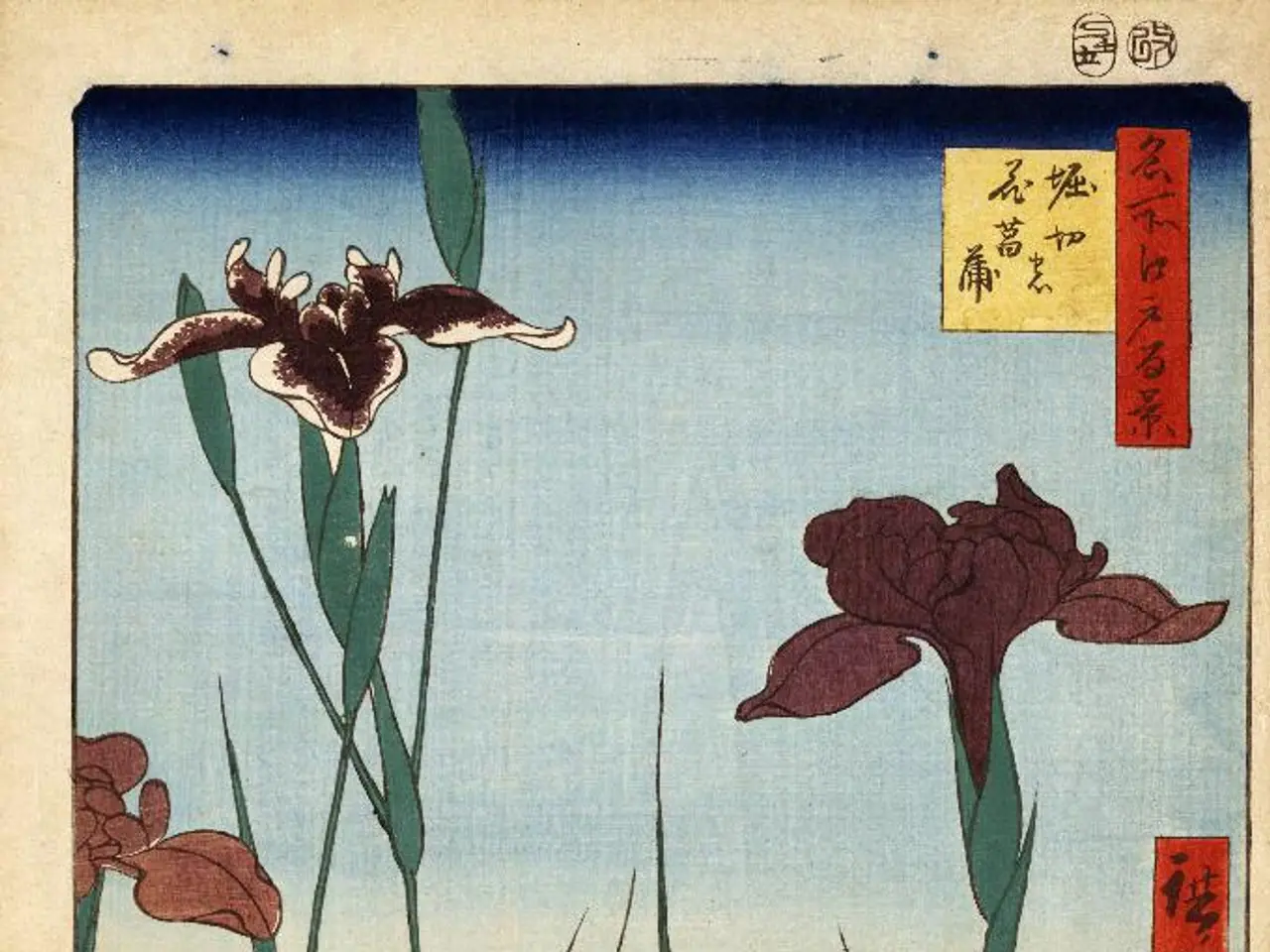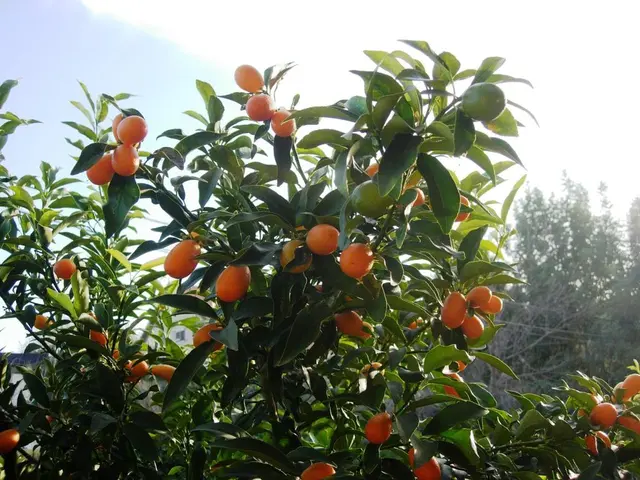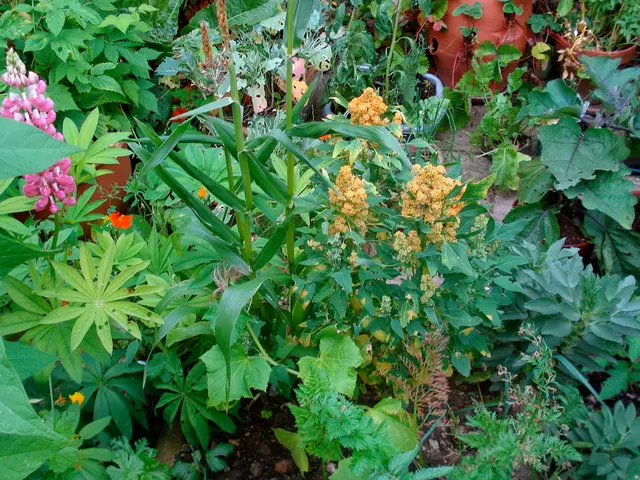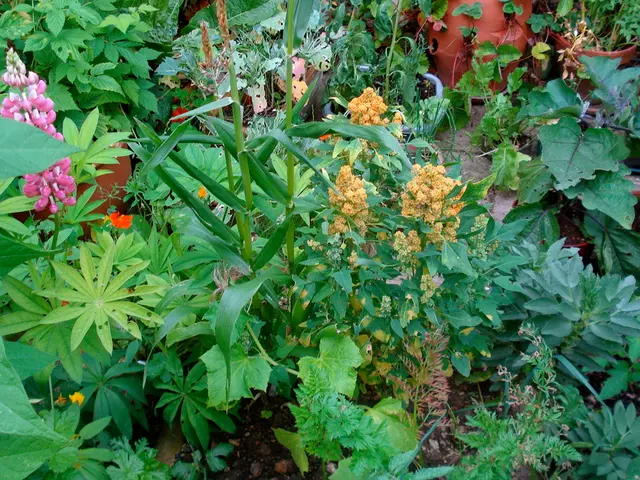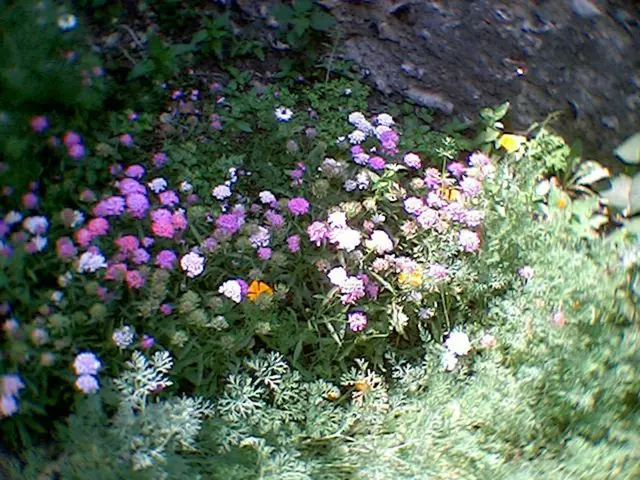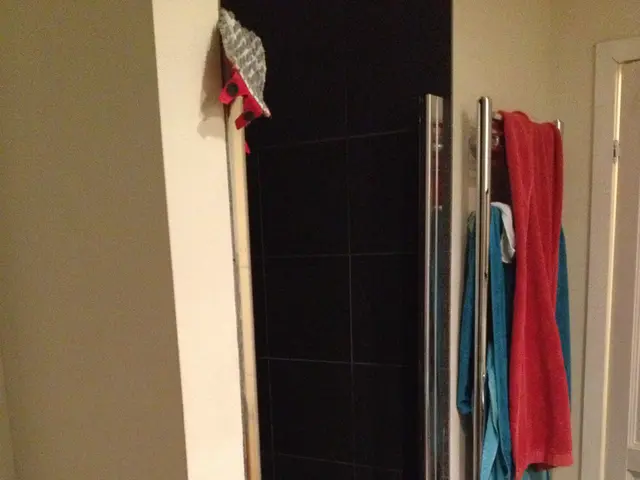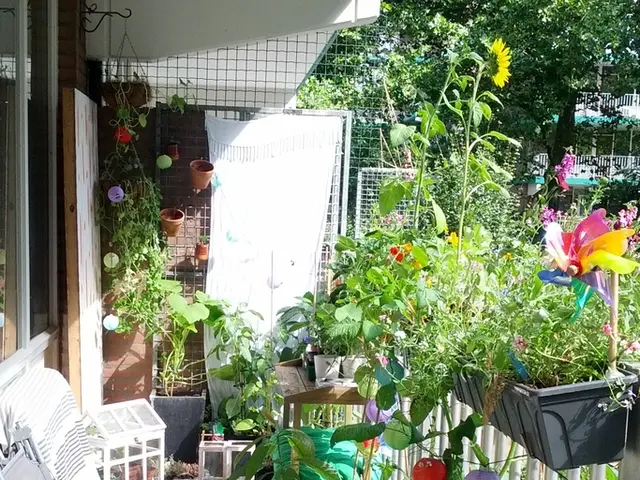Strategies for Eradicating Weeds in Autumn to Ensure a Weed-Free Garden Next Year
Fall is an ideal time for weed control in gardens, as it allows for managing young weeds before they mature and flower in spring. Susan Albert, a gardening expert with 17 years of experience as a master gardener, recommends an integrated approach for effective control of perennial and winter annual broadleaf weeds.
### Pre-emergent Herbicides
Pre-emergent herbicides prevent weed seeds from germinating and are most effective when applied early in the fall, before the weed seeds begin to sprout. Choose a product labeled for broadleaf weeds and suitable for vegetable or flower gardens. Ensure good soil coverage and follow label instructions regarding timing and watering to activate the herbicide. Pre-emergents are especially useful against winter annuals like chickweed and henbit, but less so on established perennials that regrow from roots.
### Post-emergent Herbicides
For established broadleaf weeds, selective post-emergent herbicides can be applied after weeds have emerged. Use herbicides designed for broadleaf weeds that will not harm desired garden plants. Spot treatment is preferred to reduce chemical exposure to garden crops. Effective chemical control is crucial for persistent perennials such as dandelions and plantains.
### Manual Methods
Hand weeding remains the most precise and effective method, especially for perennial weeds with deep taproots. Perform weeding when soil is moist (after rain or watering) and when weeds are young and tender to maximize root removal and prevent seed set. Use tools like a dandelion weeder with a forked tip to extract taproots without breaking them, as fractured roots can regrow new plants. Remove entire roots of perennials to prevent regrowth; pulling straight up with steady pressure and wiggling stubborn roots helps achieve this. Timing matters: Early fall is ideal before perennial weeds store resources for winter or before winter annuals germinate.
### Cultural and Preventive Practices
Apply a thick layer of mulch (organic or synthetic) to inhibit weed seed germination by blocking light and retaining soil moisture. Plant cover crops in fall to outcompete weeds and improve soil health. Consider no-till or no-dig gardening to reduce bringing buried weed seeds to the surface, which promotes fewer weeds. Use landscape fabric cautiously; some weeds can germinate above or penetrate fabric, so combine with other practices.
In summary, an integrated approach using preventive mulching and cover crops, timely application of pre-emergent herbicides for annual weeds, post-emergent herbicides or hand weeding for perennials, and soil management practices like no-till gardening provides the best control of perennial and winter annual broadleaf weeds in fall gardens.
Adopting an integrated approach, Susan Albert suggests the use of mulch in home-and-garden settings for preventative weed control, as it helps inhibit the germination of weed seeds by blocking light and retaining soil moisture. During fall, when preparing a lifestyle that includes gardening, one can consider applications of pre-emergent herbicides suitable for home-and-garden use, specifically those labeled for broadleaf weeds, to hinder the germination of winter annual broadleaf weeds like chickweed and henbit.
